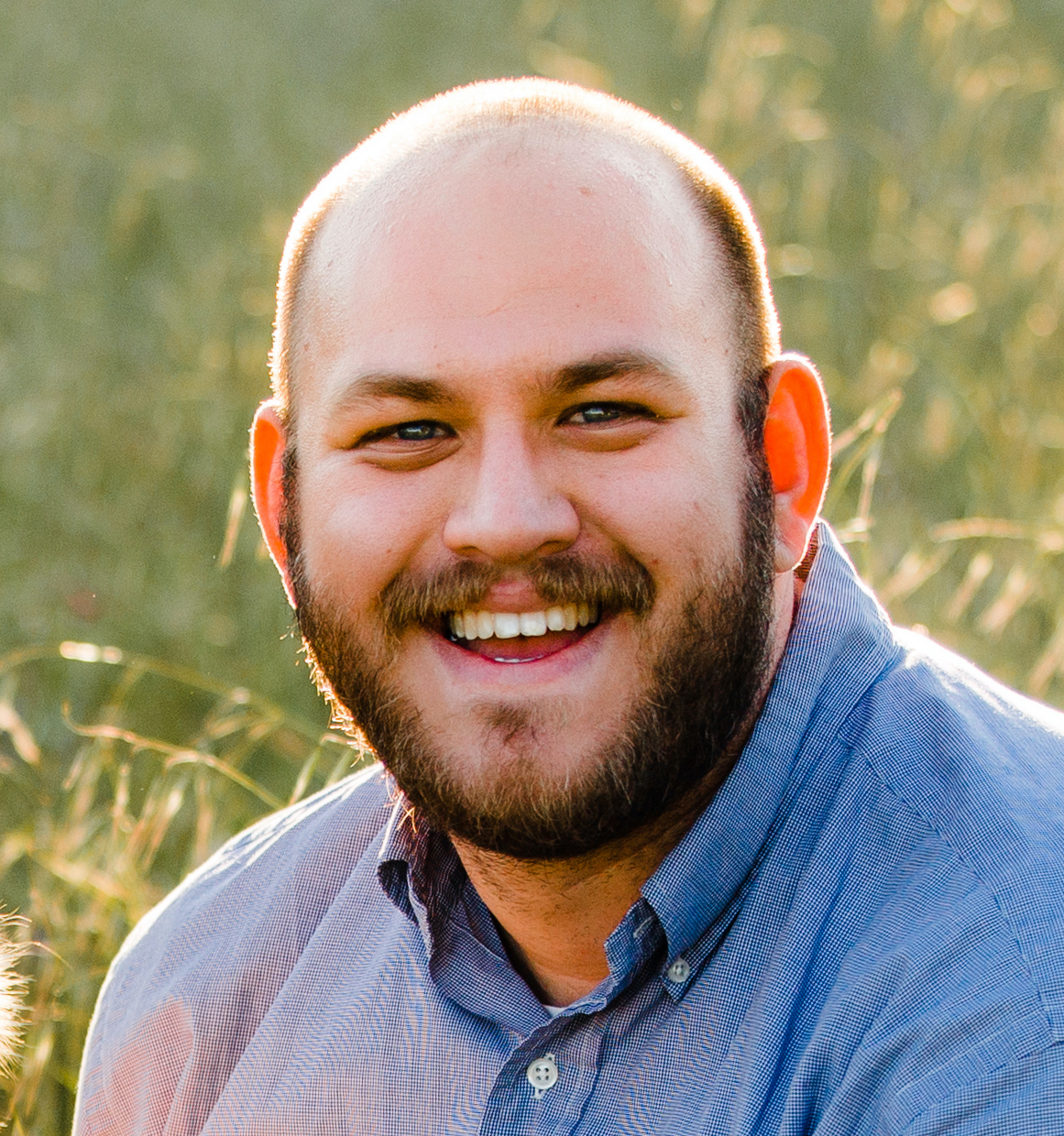Research
My research primarily focuses on phonology, the study of sound-structure systems in language, and phonetics, the study of sound. Additionally, I am interested in linguistic fieldwork on the languages of Mesoamerica, in particular languages belonging to the Oto-Manguean language family. Other areas that I focus on includes questions about the phonological interfaces with morphology and syntax of the Celtic and Germanic languages from the Indo-European family.
Phonological interfaces
One of the major areas of my research is investigation the interaction of phonology with the other components of grammar. This includes how phonology influences (and is influenced by) phonetics, morphology, and syntax.
Phonetics-Phonology Interface
The phonetics-phonology interface is concerned with questions about how the abstract mental representations of sound systems are actually produced and what drives the variation that we observe in the production of these mental representations. My most current research is concerned with how voice quality is produced in Santiago Laxopa Zapotec and how well acoustic measures capture the four way contrast in voice quality in the language.
Additionally, I am researching the interaction of tone and phonation in Zapotec and determining to what extent tone and phonation is actually phased with respect to one another according to the Laryngeal Complexity Hypothesis.
Syntactic and Prosodic movement of pronominals
One area of particular interest is providing syntactic and phonological accounts for the displacement of pronominals. One of the cases involve pronominal Object Shift which involved a collaboration with Eirik Tengesdal from Universitetet i Oslo on providing an analysis of pronominal object shift and its interaction with verbal particles and adverbs in Mainland Scandinavian. I am also investigating the difference between full DP Object shift that we observe in Icelandic versus scrambling in other Germanic languages.
- Brinkerhoff, Mykel Loren & Eirik Tengesdal. 2021. Matching Phrases in Norwegian Object Shift. In Ryan Bennett, Richard Bibbs, Mykel Loren Brinkerhoff, Max J. Kaplan, Stephanie Rich, Amanda Rysling, Nicholas Van Handel & Maya Wax Cavallaro (eds.), Supplemental Proceedings of the 2020 Annual Meeting on Phonology. Washington, DC: Linguistic Society of America. https://doi.org/10.3765/amp.v9i0.4921. | Bibtex | Pre-publication | Post-publication |
In addition to Object Shift, I have been researching the principles that govern Negatitive Indefinite Shifting in Scandinavian languages, which was the topic of my first qualifying paper.
Morphophonology
I am very interested in the interactions between morphology and phonology. In particular, I am interested in how morphological processes can affect the phonological representation of a word and vice versa. One area that I have been exploring is the interaction of cliticization and phonological processes in the Celtic languages, particularly Welsh.
My MA thesis was on the interaction of cliticization, consonant mutation, and prosody in Welsh. I argued that prepositions which have a stem final alternation in Welsh must enter the derivation at the same time that other clitics like determiners are added to the derivation. This is because the cliticization process and the phonological alterations must be evaluated at the same time by the phonology, in contrast to a cyclic embedding as proposed by some versions of Distributed Morphology. Evidence in support of this comes from the interactions between consonant mutation and these prepositions and determiners.
Santiago Laxopa Zapotec
I am a member of the Zapotec Language Project at the University of California, Santa Cruz. In conjunction with Maya Wax Cavallaro and John (Jack) Duff, we are working on understanding the tonal system in Santiago Laxopa Zapotec and how it interacts with the syntax-prosody interface, word and sentence stress, and phonation.
